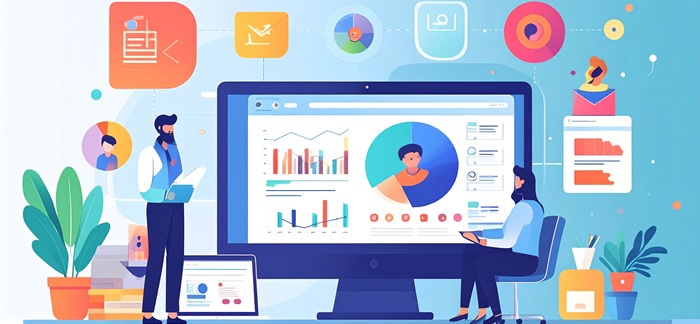
Managing human resources manually is time-consuming, error-prone, and inefficient. A modern Human Resource Management System (HRMS) helps businesses automate payroll, streamline attendance, ensure compliance, and improve employee experience. In this blog, we’ll explore why HRMS is critical for every business and how it can transform your workforce management.

HRMS stands for Human Resource Management System—a software solution that automates and streamlines various HR functions such as recruitment, payroll, attendance, performance management, and employee engagement. Instead of relying on manual processes, HRMS centralizes everything into one smart platform.
Centralized Employee Data
No more scattered spreadsheets—HRMS allows you to manage all employee information in a single secure system.
Improved Payroll & Compliance
HRMS reduces payroll errors, ensures tax compliance, and keeps your organization audit-ready.
Time & Cost Efficiency
Automating routine HR tasks saves valuable time and reduces administrative costs.
Enhanced Employee Experience
Employees can access payslips, apply for leave, and update details through self-service portals.
Data-Driven Decisions
With advanced analytics, HRMS provides insights into employee performance, turnover trends, and workforce productivity.
Small Businesses looking to grow without heavy HR overhead.
Medium Enterprises needing automation for payroll, attendance, and compliance.
Large Organizations managing distributed teams across multiple locations.
Whether you are a startup or an established company, HRMS helps scale your HR operations efficiently.
At Agrim Vision, we provide a modern HRMS solution that adapts to your organization’s unique needs. From recruitment to retirement, our HRMS ensures seamless workflows, better compliance, and improved employee engagement.
👉 Learn more about our HRMS services and request a demo today.
So, why HRMS? Because it simplifies HR operations, saves time, improves compliance, and enhances employee experience. Companies that adopt HRMS not only reduce costs but also gain a competitive edge in managing their most valuable asset—people.